January 15, 2024 Samantha Franco
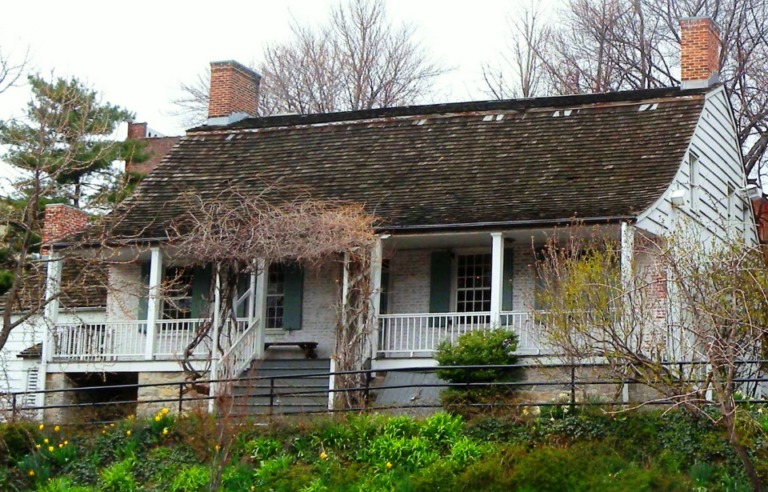
Built in the 18th century, the Dyckman farmhouse is one of the oldest surviving structures in New York City. Originally owned by the Dutch Dyckman family, the house has witnessed centuries of transformation, especially in its surroundings. Nestled in the Inwood neighborhood of Manhattan, the farmhouse sticks out against the concrete jungle that surrounds it. The Dyckman House serves as a living testament to the city’s historical roots and is both the oldest remaining farmhouse and the only one in Dutch Colonial style in Manhattan.
The farmhouse’s origins
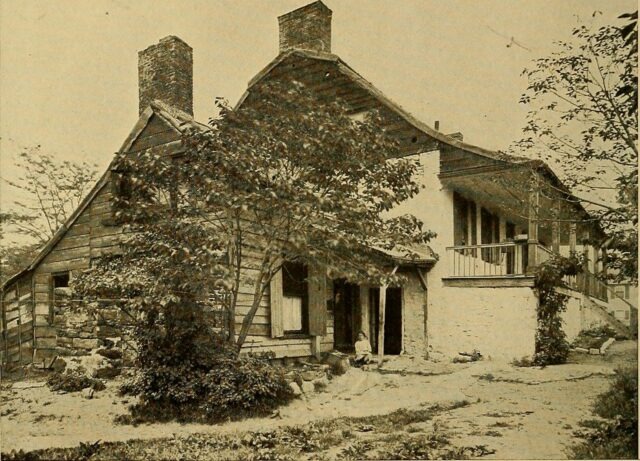
The founding father of the Dyckman clan was Jan Dyckman, who arrived in New Amsterdam from Westphalia in the 1600s. He settled elsewhere in New York, as explained by Meredith Horsford, executive director of the museum at the farmhouse. “They were in what’s now called Harlem, but then built their first home just northeast of where the current farmhouse is located.”
Jan’s grandson, William Dyckman, inherited the property and built the first farmhouse in 1748 on the 250-acre farmland property. However, between 1776 and 1783, he took his family to upstate New York to take refuge from the American Revolutionary War. When they returned to their home, they discovered that their farmhouse was destroyed. “The house was destroyed along with their orchards,” Horsford said. “So, William Dyckman decided to rebuild in the location where the home is now on Broadway. And the family lived in that farmhouse until the mid-1800s.”
Jacobus’ changes to the property
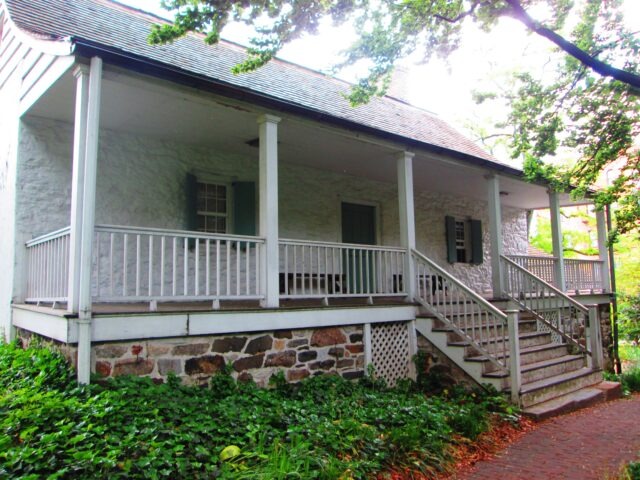
After William died in 1787, the farmhouse was advertised as being for sale, but the property was ultimately inherited by his grandson, Jacobus. He moved his family into the Dyckman farmhouse around 1793, and by 1820, about 10 people were living inside the building. Additionally, also located on the property were three other households scattered around, which housed about another 20 people.
As well, by 1820, the farm had expanded to its largest size of 280 acres thanks to Jacobus, where they produced several crops, including corn, cucumbers, and hay. The property also featured an orchard which contained both cherry and apple trees. As the farming operation became more successful, the property saw the inclusion of a barn, cider mill, stable, and a couple of corn cribs, as well as housing buildings.
The Dyckman House’s features
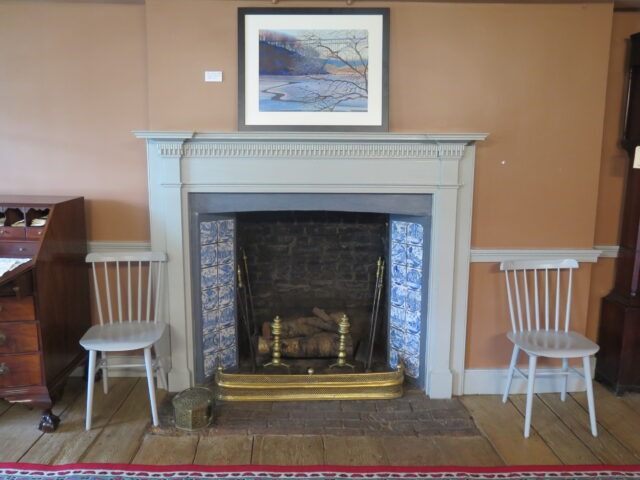
When the farmhouse was in Jacobus’ ownership, he made several significant alterations that would turn the farmhouse into what it is known today. The current two-story house is made from brick, fieldstone, and white clapboard and features a gambrel roof and spring eaves. The porch that surrounds the farmhouse wasn’t added until 1825 but still fits the Dutch Colonial architectural style of the rest of the property.
The main floor of the Dyckman farmhouse includes two large parlors and two small bedrooms, while the upstairs was divided to provide two separate bedrooms. The farmhouse also has two kitchens, one for use in the winter and one for use in the summer. The winter kitchen is located in the basement and provides heating to the first floor, while the summer kitchen is located outside of the farmhouse in a small shack that may predate the farmhouse itself.
Two sisters turned it into a museum
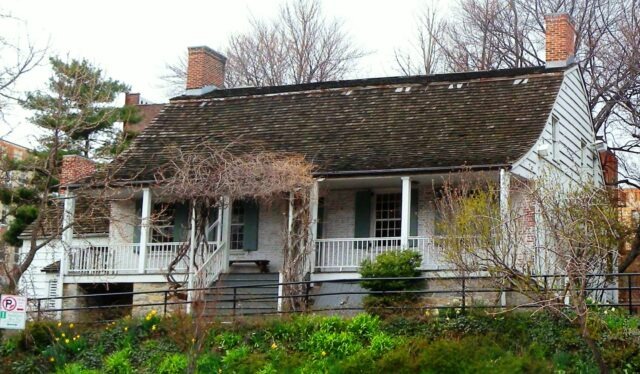
The majority of the Dyckman property was sold outside of the Dyckman family, but the farmhouse remained in the ownership of Jacobus’ youngest grandson. By the beginning of the 20th century, the house was in horrible condition and was in danger of being demolished. However, in 1915, two Dyckman sisters, Mary Alice Dyckman Dean and Fannie Fredericka Dyckman Welch, began restoring the farmhouse.
Read more: The Touching History of Phoenix, Arizona’s Mystery Castle
With the help of Fannie’s architect husband, Alexander M. Welch, the sisters returned the farmhouse to its former glory and furnished it with classical Dutch Colonial furniture in its interior. In 1916, when the restoration was completed, they transferred ownership of the farmhouse to the city of New York, where it opened as a museum of Dutch and Colonial life. Since 1967, the Dyckman farmhouse has been a New York City Landmark and a National Historic Landmark.
